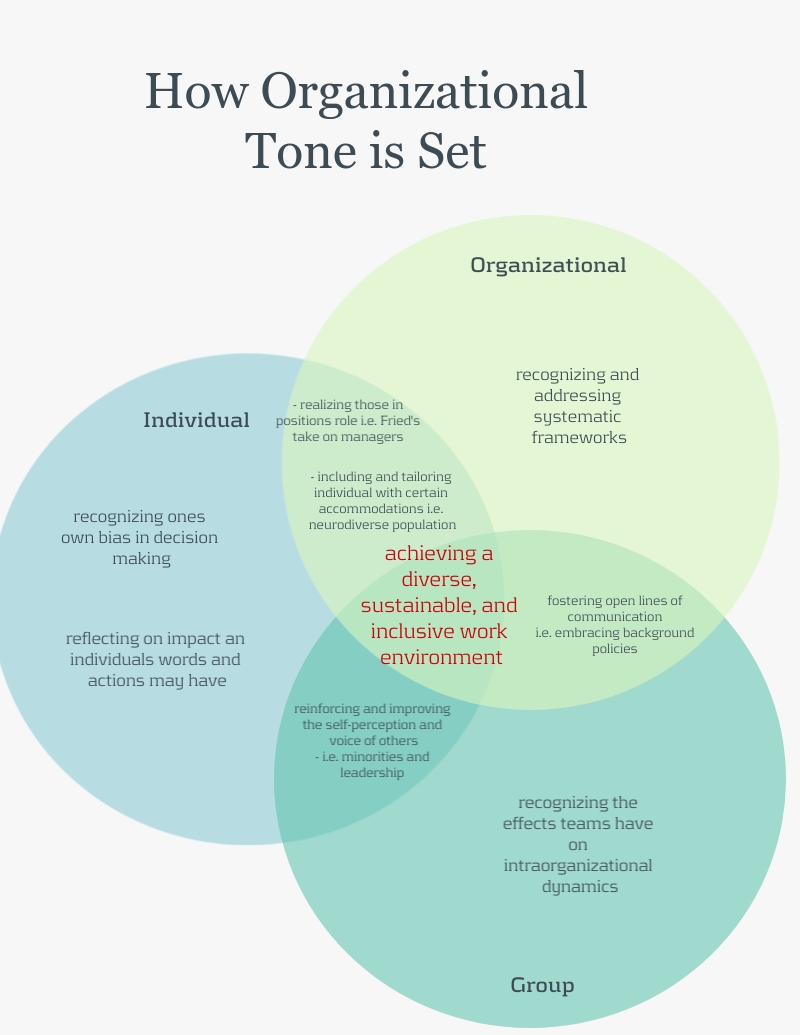- For me one of the most significant pieces Wong adds is found under the ‘Starting with Better Question’ section. By prompting the audience to reflect and ask more targeted, meaningful questions, she’s teaching others how to welcome more people to be apart of the conversation. In doing so it creates a more hospitable discussion and overall enables one to reach larger audiences. One of the biggest difficulties for entering any controversial issue is learning where to start. From personal experience I found this become true whenever I tried to enter political discussions. Given the vast amount of media coverage, events, and body of literature, I felt overwhelmed never knowing how to approach an issue. Because of that, I found myself often shy away from discussing these topics, unsure of how my perspective could ever add to what other enlightened perspectives already knew. Wong acknowledges how overwhelming this can become whilst pointing where to begin. She not only addresses the incomplete and thoughtful questions one could ask but adds how it can begin to shift our thinking on the issue. Instead of having a corporate company ask ‘who else can we bring on board,’ for example, she proposes a deeper alternative that looks at ‘who is not being represented at the table and in what ways how have we kept out?’ As Wong puts it, “these questions invite examination of potentially exclusionary aspects” targeting the deeper source of the issue, rather than merely scratching over the surface. It places responsibility on the organization which in turn is more likely to move an organization to be more inclusive. Emphasis is added to what questions we should ask versus what we might (negatively) assume.
2. Immediately following that last paragraph, Wong makes a compelling argument on the distinction between equality vs equity. Smoothly transitioning from counters to claims, she first does so by recognizing the issues specific groups of people then and even now have had (identifying ‘it’ is a recurring argument in her article). The extra note saying people “continue to experience” disproportionate harm, hardships, and disadvantages adds a dimension of time and scale signaling that this issue is problematically static.
She later explains how assumptions, such as believing that equality associates sameness for everyone, can become the root of these issues. While the idea that we’re “treated the same and get the same things” may entertain groups of people, Wong discredits it immediately in the following sentence by saying “however, treating everyone the same is a surefire way to exacerbate and reproduce inequalities.” Not only will it continue reproducing inequalities, but she adds it will more negatively aggregate the issue.
Wong goes further in explaining where this logic may come from which is powerful because it helps the reader or the naysayer identify an incomplete evaluation or assumption they might have made. As she puts it, while it “may seem counterintuitive, there are many examples that demonstrate how treating everyone the same is often more unfair…” Here she is backing up her claim by providing concrete examples on how all parties of the discussion can reevaluate themselves and instead, “actually have more equal opportunities to succeed.”

